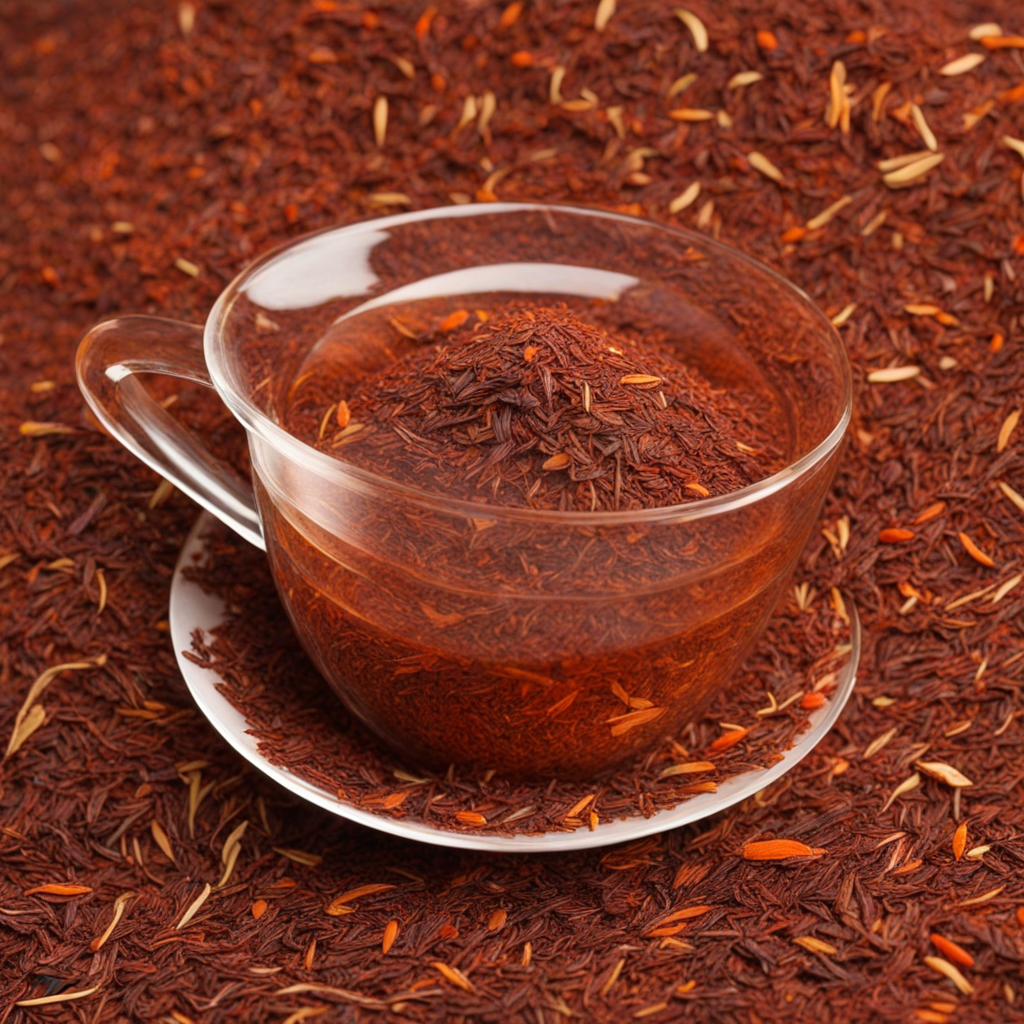Smoked Fish
Smoked fish from Namibia is a culinary delight that showcases the country's rich maritime heritage and culinary traditions. The process of smoking fish is an age-old technique used to preserve catches from the abundant Atlantic Ocean, particularly species like snoek and yellowtail. The fish is typically filleted and marinated in a blend of local spices, including coriander, salt, and pepper, before being carefully smoked over wood chips or traditional fires. This method infuses the fish with a distinct, aromatic flavor, giving it a beautifully flaky texture and a deep, savory profile that tantalizes the taste buds. The taste of Namibian smoked fish is a harmonious blend of smokiness and the natural sweetness of the fish itself, creating a complex flavor that is both satisfying and memorable. The smokiness is not overpowering; rather, it complements the delicate fish, enhancing its natural flavors while adding a layer of depth. Each bite offers a delightful contrast between the tender flesh and the crispy edges, making it perfect for various culinary applications. Whether enjoyed on its own, paired with a tangy dipping sauce, or incorporated into salads and sandwiches, Namibian smoked fish is a versatile ingredient that brings a taste of the sea to any dish. In Namibian culture, smoked fish holds a special place, often enjoyed during gatherings and celebrations. It embodies the essence of communal dining, where families and friends come together to savor the rich flavors of their heritage. The experience of tasting smoked fish goes beyond just the food; it tells a story of the land, the sea, and the people who have mastered the art of smoking. For those looking to explore new flavors, Namibian smoked fish offers an enticing journey into a world of unique taste that is sure to leave a lasting impression.
How It Became This Dish
The History of Rookvis: A Culinary Treasure of Namibia Rookvis, a traditional Namibian delicacy, is not merely a dish; it embodies the rich tapestry of Namibia's cultural heritage, the interplay between its diverse ethnic groups, and the bounty of its natural environment. This unique smoked fish, often associated with the country's coastal regions, particularly along the Skeleton Coast, has a history that intertwines indigenous practices, colonial influences, and modern culinary innovations. #### Origins and Cultural Significance The origins of Rookvis can be traced back to the indigenous communities of Namibia, particularly the coastal tribes. The Namibian coast is home to a diverse range of fish, thanks to the cold Benguela Current that flows northward from Antarctica. This current not only supports a rich marine ecosystem but has historically provided sustenance to local communities. The indigenous peoples of Namibia, including the San and the Himba, have long relied on fishing as a source of food. However, the preservation of fish through smoking was a practice that developed over time, influenced by both necessity and ingenuity. Smoking fish was an effective way to extend its shelf life, particularly in a region where refrigeration was not always available. The process involved cleaning the fish—often species like snoek or hake—salting it, and then hanging it over a fire or smoldering wood to allow it to absorb the smoke. This method not only preserved the fish but infused it with a distinctive flavor that became a hallmark of Rookvis. Rookvis holds significant cultural importance in Namibian society. It is often served during communal gatherings, celebrations, and traditional ceremonies, signifying hospitality and unity among families and communities. The sharing of Rookvis is a ritual that emphasizes togetherness, as families come together to enjoy the fruits of their labor, often accompanied by traditional side dishes like pap (maize porridge) and chakalaka (a spicy vegetable relish). The dish also plays a role in oral traditions, where stories of fishing exploits and ancestral connections are shared, further weaving Rookvis into the cultural fabric of Namibian society. #### Colonial Influences and Development The arrival of European colonists in the late 19th and early 20th centuries brought significant changes to Namibian food practices, including the preparation of Rookvis. The Germans, who established a colonial presence in Namibia, introduced new techniques and ingredients that influenced local cooking. While the indigenous methods of smoking fish remained predominant, the Germans also brought their own culinary traditions, which sometimes blended with local practices. During this period, the commercial fishing industry began to take shape, leading to increased availability of fish and the development of trade networks. Fishing became not only a subsistence activity but also an economic one, with Rookvis emerging as a product that could be sold in local markets. This commercialization contributed to the evolution of Rookvis, as more people began to experiment with different smoking techniques and flavor profiles, incorporating spices and marinades inspired by both European and indigenous cooking traditions. In the latter half of the 20th century, as Namibia struggled for independence from colonial rule, Rookvis took on a new symbolic meaning. It became a representation of national identity and resilience, a dish that connected people to their land and heritage. The struggle for independence was marked by a return to traditional practices, including foodways, as a means of asserting cultural identity. Rookvis, in this context, served not only as nourishment but also as a form of resistance against cultural erasure. #### Modern Rookvis: A Culinary Renaissance In the 21st century, Rookvis has experienced a renaissance as Namibia's culinary scene has evolved. With the rise of tourism, particularly ecotourism along the Namibian coast, chefs and local entrepreneurs have reimagined Rookvis, showcasing it in innovative ways. Contemporary Namibian cuisine often emphasizes the use of local ingredients and traditional methods, making Rookvis a centerpiece of this gastronomic movement. Today, Rookvis is not just a staple of traditional diets but has also found its way onto gourmet restaurant menus, where it is paired with modern accompaniments and served in elegant presentations. Chefs are experimenting with different smoking woods, marinades, and side dishes, drawing inspiration from both local and international cuisines. This fusion has allowed Rookvis to transcend its traditional roots while still paying homage to its history. Furthermore, the resurgence of interest in indigenous food systems and sustainable practices has led to a renewed appreciation for Rookvis among younger generations. Culinary workshops and festivals celebrating Namibian cuisine often feature Rookvis, emphasizing its role in food security and cultural preservation. This revival is crucial, as it ensures that the knowledge of traditional practices is passed down and that Rookvis remains a living part of Namibia's culinary heritage. #### Conclusion Rookvis stands as a testament to the resilience and adaptability of Namibian culinary traditions. From its origins as a practical means of preserving fish to its current status as a celebrated dish in both local and global culinary contexts, Rookvis embodies the spirit of Namibia. It serves as a bridge connecting the past to the present, reflecting the stories, struggles, and triumphs of the Namibian people. As Namibia continues to embrace its diverse cultural heritage, Rookvis remains a symbol of identity, community, and sustainable food practices, inviting both locals and visitors to partake in its rich history and delightful flavors. Whether enjoyed in a traditional setting or a modern culinary establishment, Rookvis encapsulates the essence of Namibia—a celebration of nature, culture, and the enduring power of food to bring people together.
You may like
Discover local flavors from Namibia







